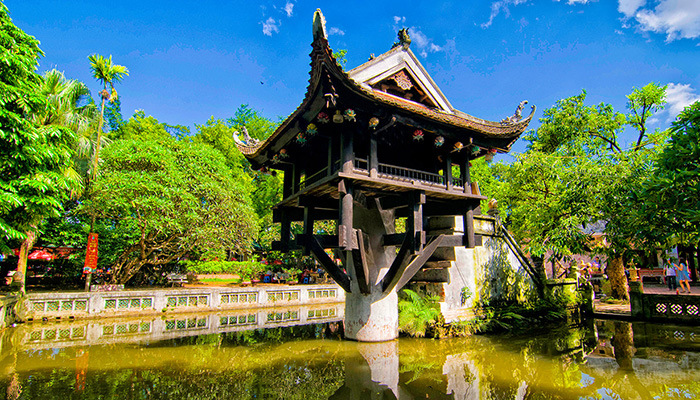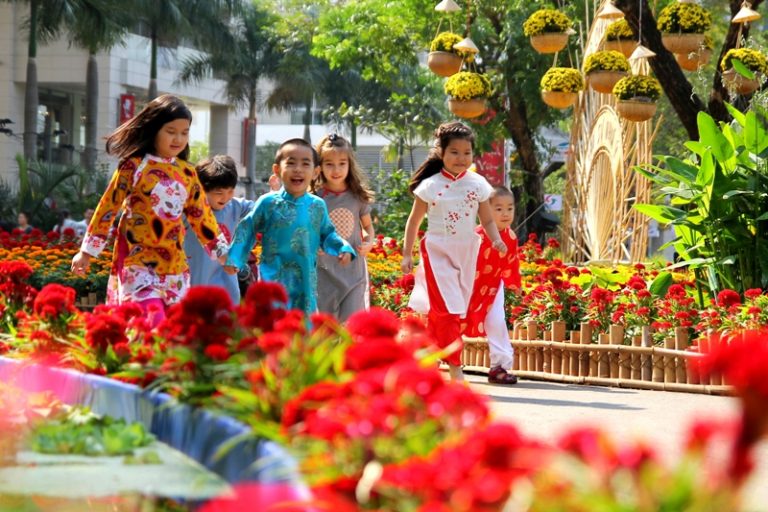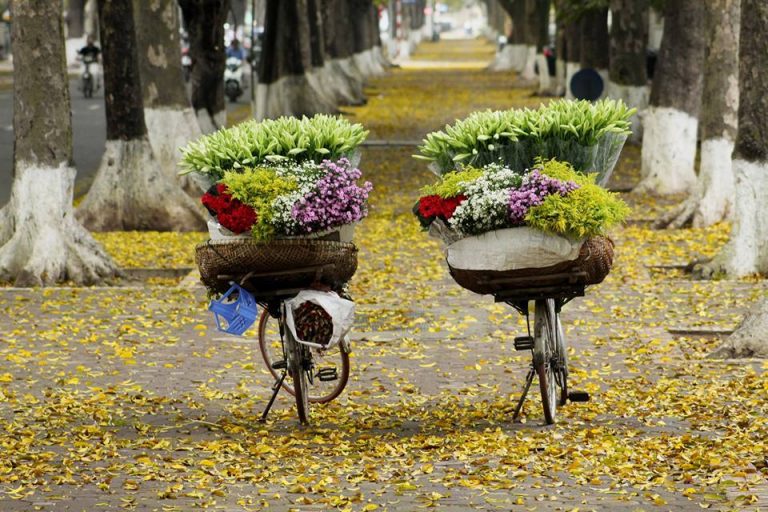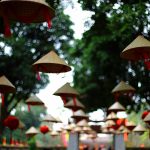Vietnam is one of the most fascinating countries on earth. From lush jungles to mouth watering delicacies, your stay is sure to be memorable and enjoyable. Once you have secured a Vietnam tourist visa, it’s time to start learning your Vietnam travel tips and tricks and start planning your itinerary. What you pack and the activities you participate in while sightseeing will largely depend on the weather, so be prepared. What’s the weather like in Vietnam? Like most places, the weather varies from location to location, even during the season. Be sure to double-check the weather in the areas you’ll be visiting before you pack and head out.

Vietnam is home to a rainy season (May-October) and a dry season (November-April). When making your travel plans, you can use this seasonal breakdown as an easy way to see which seasons are the best holiday in Vietnam for the things you want to do.
Winter
Winter in Vietnam includes December, January and February. The winter months bring nice weather with mild to warm temperatures and little rain. If you want a vacation on a world famous beach, winter is the best season to make that trip. In Southern Vietnam, winter weather means temperatures between 70 and 80 degrees Fahrenheit.

In Northern Vietnam, the weather is much different. Although drier than usual, the winter months are still drizzly for most of the season. Temperatures are between 50 and 60 degrees Fahrenheit in contrast to the South where things are still warmer. The sea can be a bit volatile during the winter months, but with an experienced guide you should have no problem exploring however you like. Central Vietnam is similar to Northern Vietnam, although the Central regions have a milder version of the weather in the North.
Spring
Spring in Vietnam is beautiful and can be quite hot and covers the months of March, April and May. Tourism may open during the rainy season, so if you plan to travel during this time, be prepared for high temperatures and lots of rain. As temperatures rise in spring, so does the sea temperature, and the water often becomes too warm to make swimming refreshing.

In the South of Vietnam, the temperature falls in the 70s and 80s. Northern Vietnam weather in Spring rains much, but Central Vietnam sees less than that rain. For those with health problems or limited mobility, May can be a difficult month to visit this beautiful country due to the high heat, humidity and rain.
Summer
The lush green trees in summer and the weather in the three regions change drastically. The summer months (June, July, August) continue to heat up. In Southern Vietnam, the daytime possesses hot temperatures and lots of rain. Showers can last up to several hours a day.
The middle area is lighter and dryer, but come August, rain and storms are expected. If you are planning to visit Central Vietnam, August might not be the best time to travel to Central Vietnam. The northern regions bring hot days, cool nights, and plenty of rain. Because summers are hot and humid, insect repellent is essential.

Autumn

Things soften and dry out a bit in the autumn. The weather remains hot throughout September and October, but November brings great weather with reduced rainfall. For individuals who want to get out and about, November is a great month to travel in the North and Central parts of the country.
According to the warning, autumn can be a dangerous time in Central Vietnam due to extreme weather conditions such as storms. Always be extremely careful when planning a trip that includes Central Vietnam in the fall.
Vietnam is a beautiful country with a rich culture. You have a lot to look forward to, so check the weather and start planning today for what to see in Vietnam.








